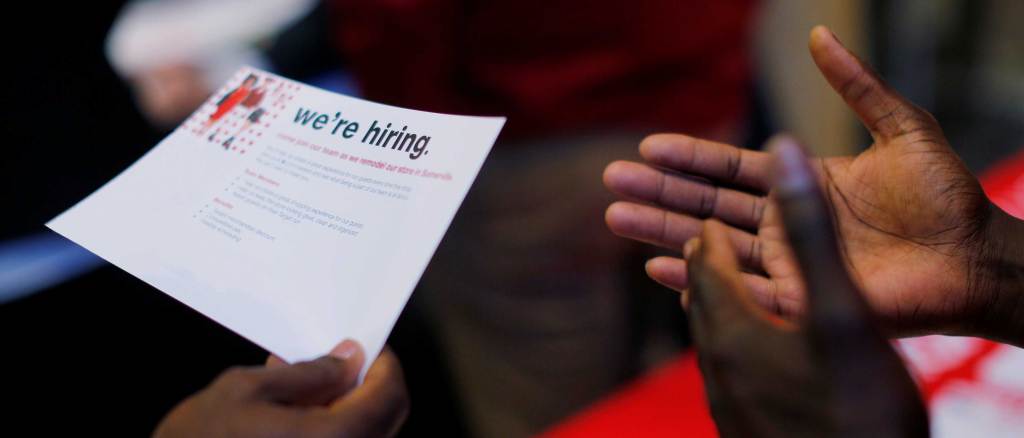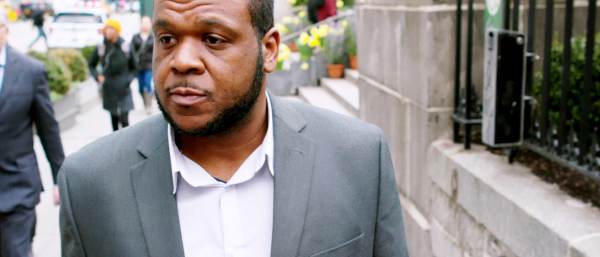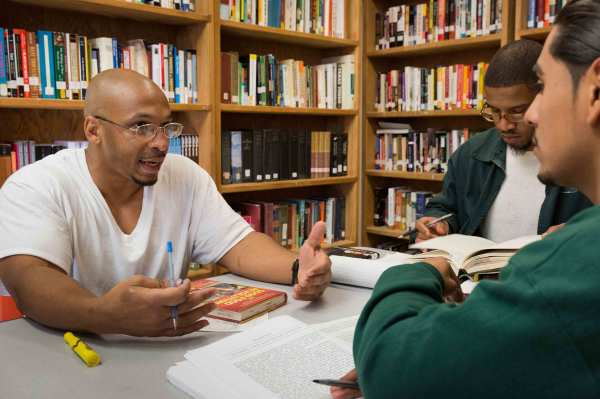
One year into the Ford Foundation’s professional development program for graduates of the Bard Prison Initiative, we’re still learning about what we can do to maximize its benefits for participants and the foundation as a whole. Amid growing awareness of the harmful and disproportionate impacts of criminalization, and with fair-chance hiring policies becoming more widely adopted, we hope programs like ours will multiply.
With that in mind, we share some lessons for organizations considering starting a program of their own.
Download a printable pdf version of this guide.
Make sure you have broad support.
Support from leadership will be crucial to your success. Internal buy-in is also essential, so be transparent and candid, and make sure staff have a chance to ask questions at the right time. Work closely with managers to help them develop plans for mentorship and supervision, and make sure they have the resources they need to be successful.
Be clear about your motivations and expectations.
Make sure everyone in the organization knows why you’re committing energy and resources to this effort, and what larger goals are driving it. It’s helpful to be clear about what you hope to achieve, but equally important to allow room for flexibility and adjustments as you go.
Know what you don’t know.
If this is your first time working with formerly incarcerated people, you’ll have lots of questions—and it’s important to find trusted experts who can answer them. The right experts will not only be able to address questions you already know you have, but can help identify issues you might not think to ask about.
Sweat the details.
Think carefully about what kind of program would be the best fit for your organization, and the best experience for participants. What do these new employees need that your organization is in a position to help with? What will be more challenging for you to provide? What professional supports can you offer, and what’s important to be mindful of outside the workplace?
Make listening and learning a priority.
Encourage continuous communication and feedback through regular check-ins with participants. Be open to hearing what’s working and what’s not, and to making changes that will help build a stronger, richer program with the ability to benefit more people—and play a role in transforming hiring processes for the greater good.
To learn more:
Fair-Chance Hiring in Philanthropy: A Step-by-Step Guide
Explore this detailed guide about how to implement best-practice hiring policies that expand employment opportunity for formerly incarcerated men and women, as well as job seekers from communities hardest hit by decades of over-criminalization. Though created with foundations and their grantees and vendors in mind, the guidelines here will be useful for all kinds of employers.
Read about why and how Ford Foundation created our own program.
Get in touch:
We can help answer your questions and connect you with experts.
Kamilah Duggins, Talent acquisition manager
William Kelley, Talent acquisition director



